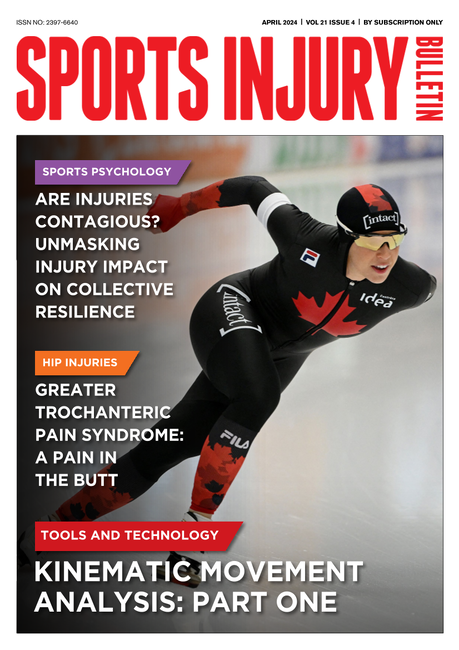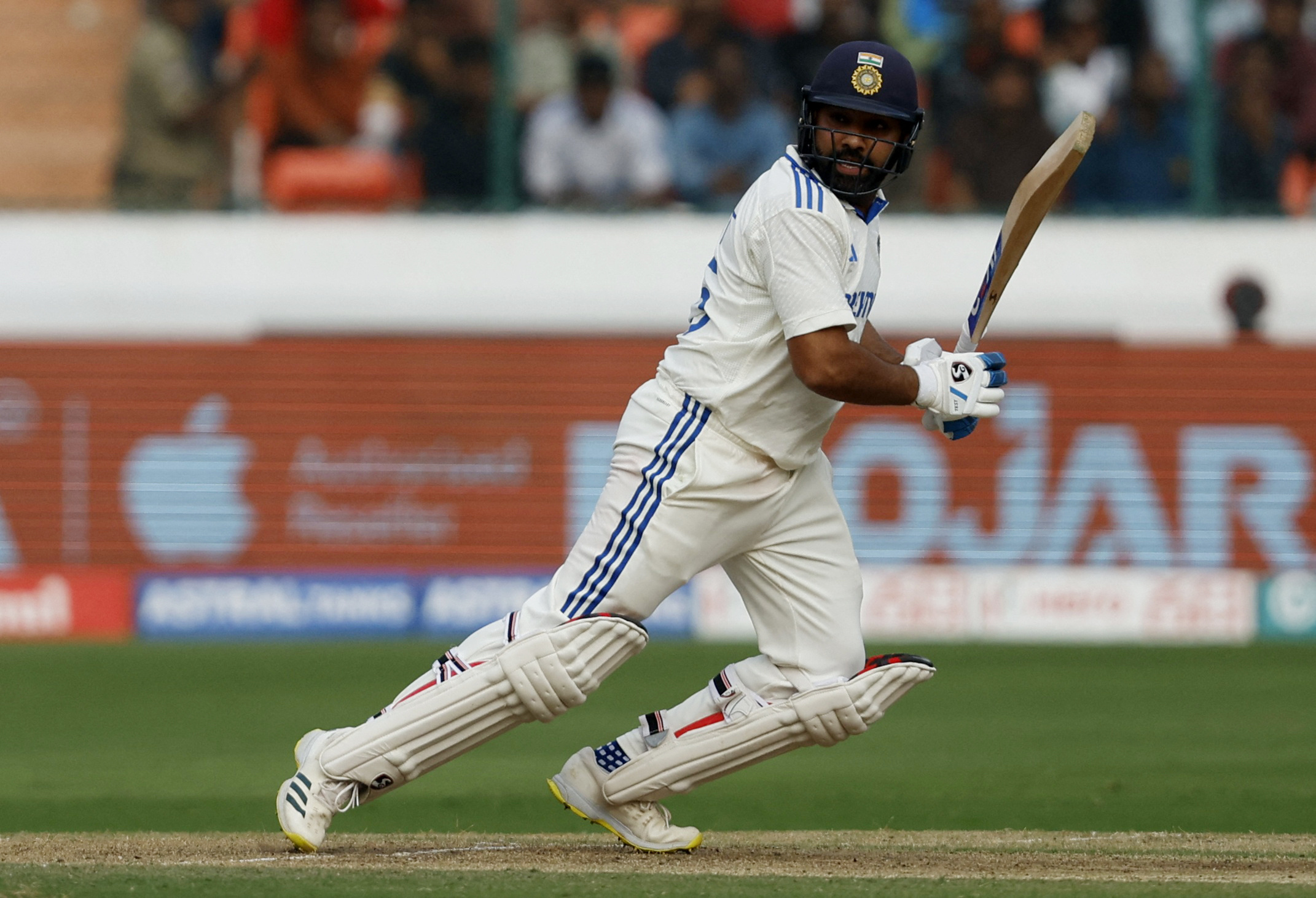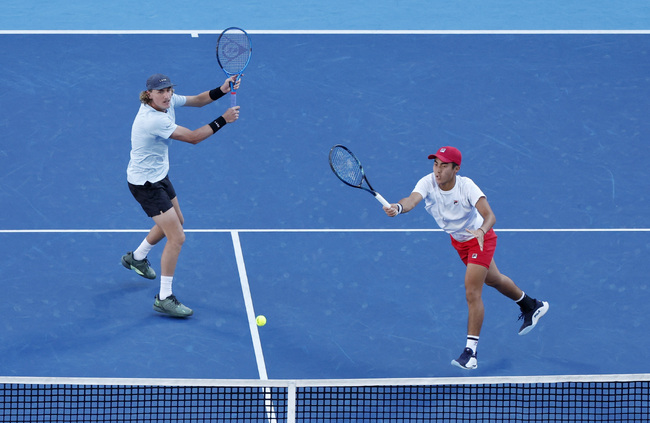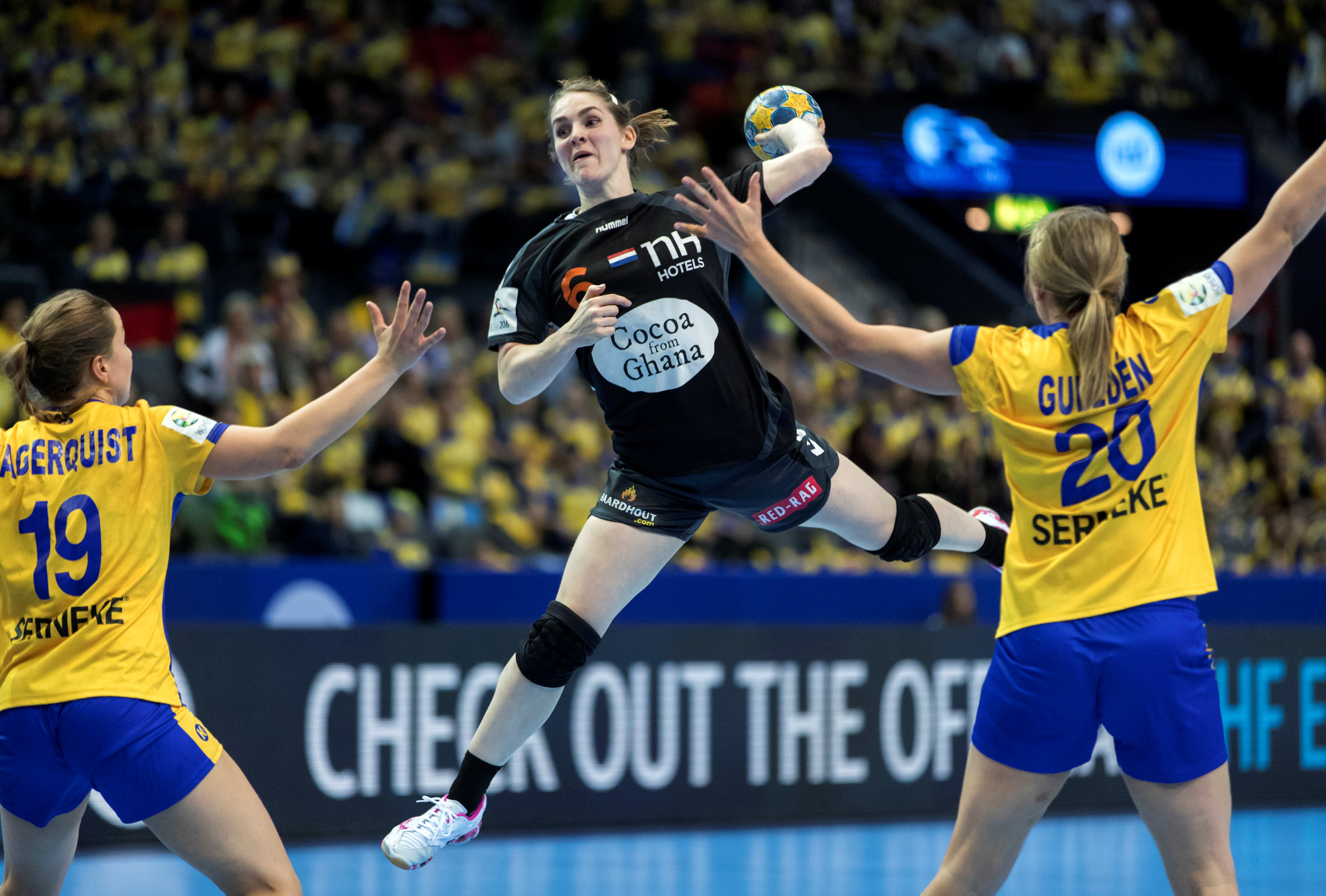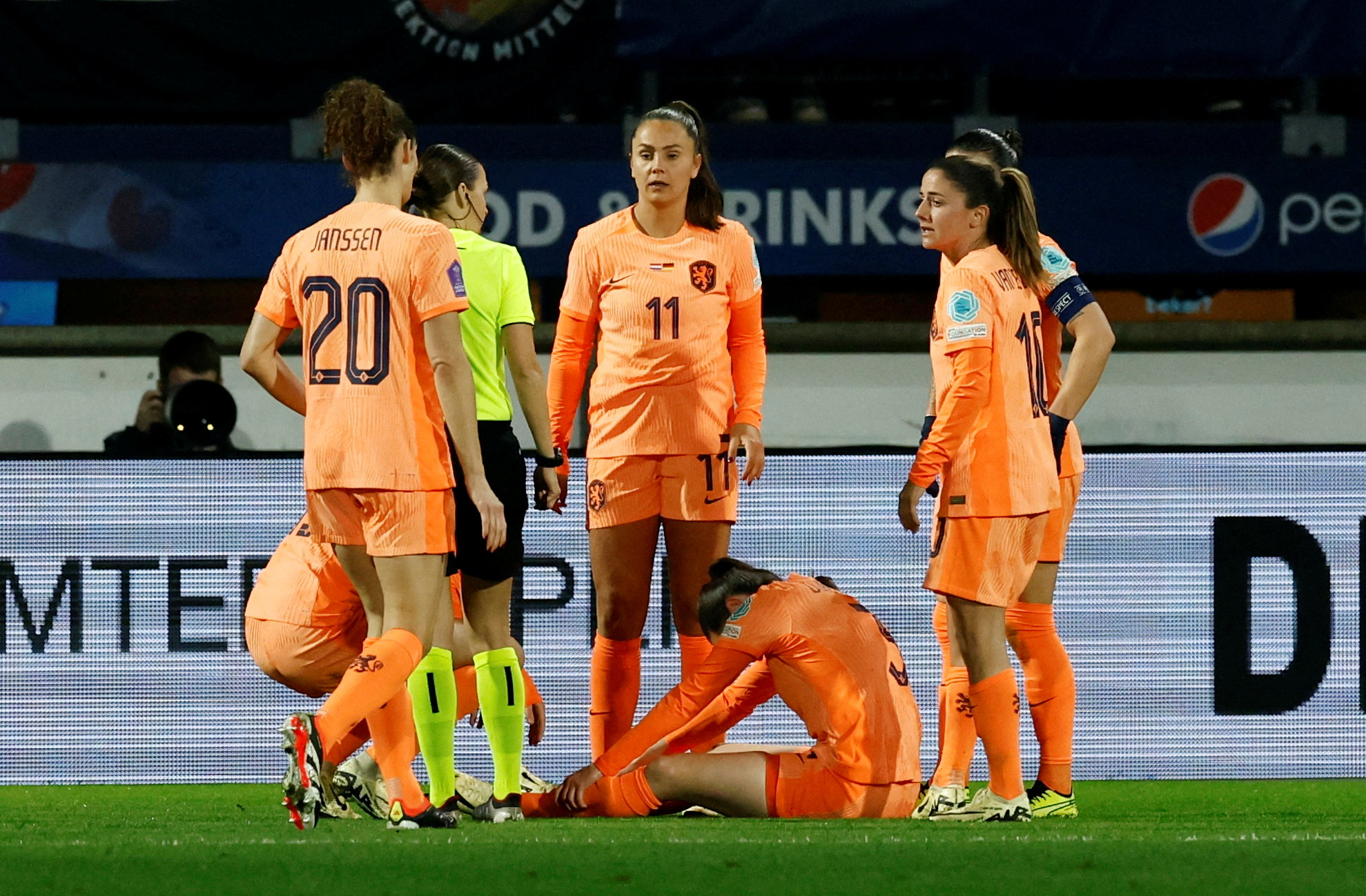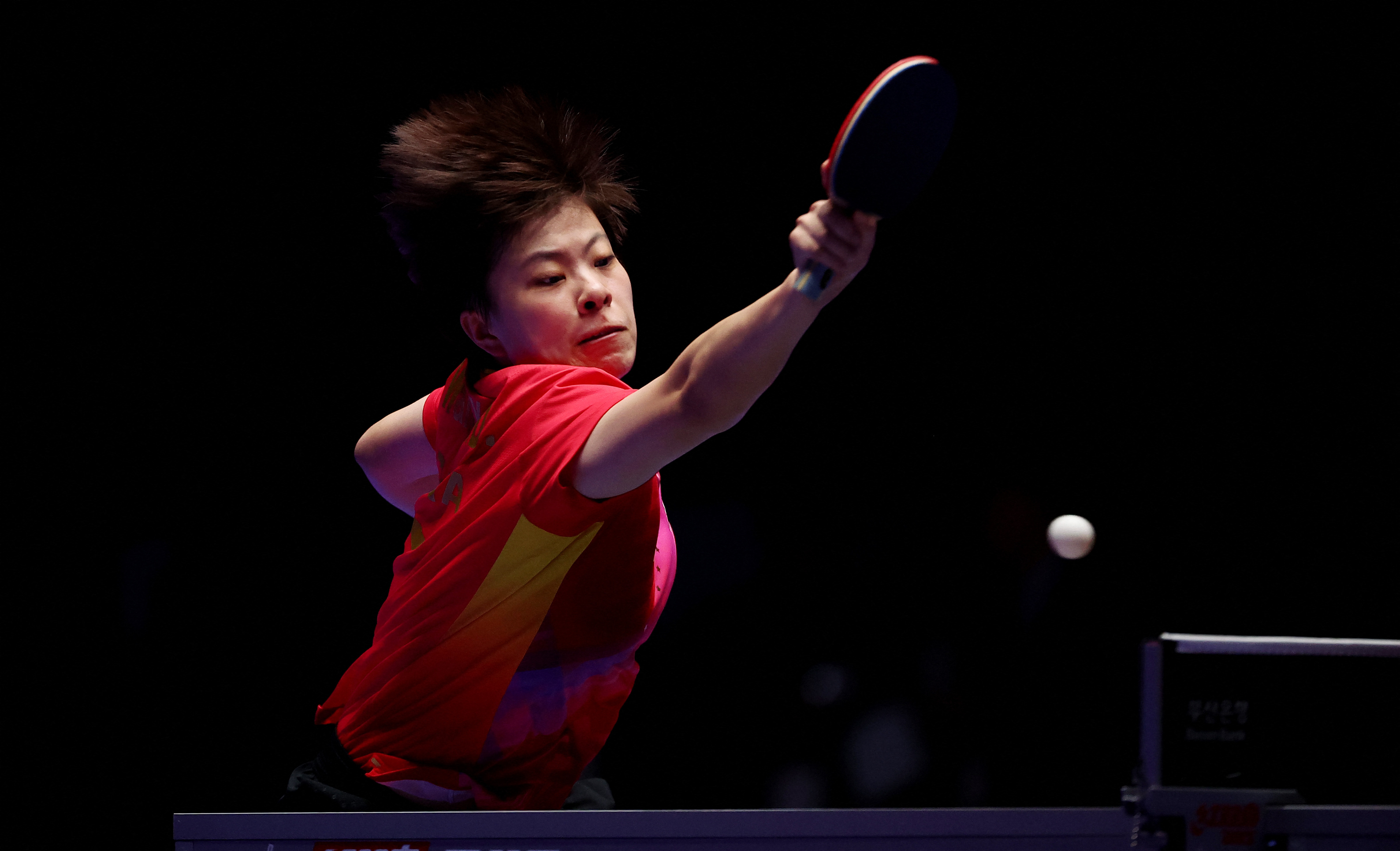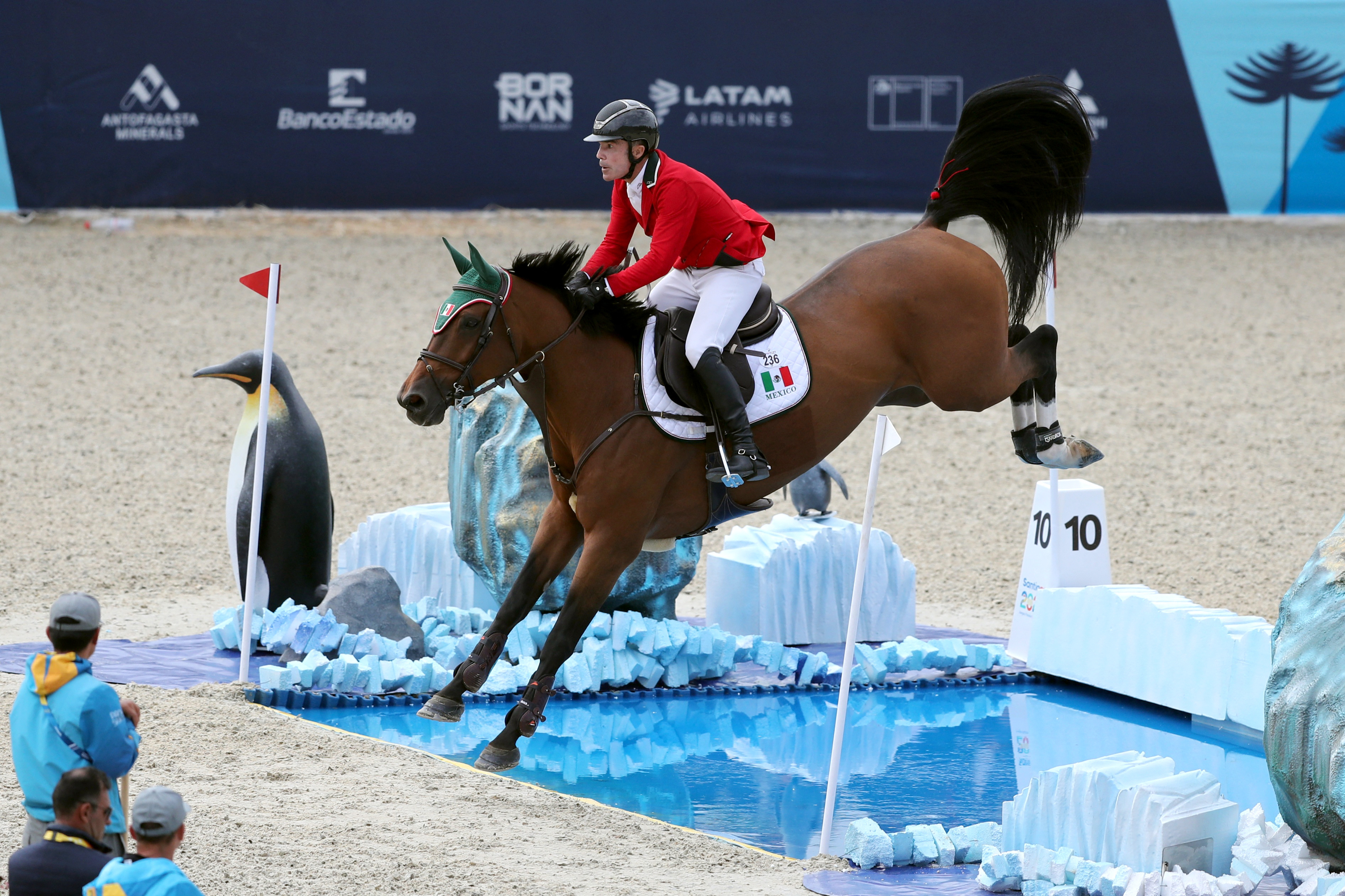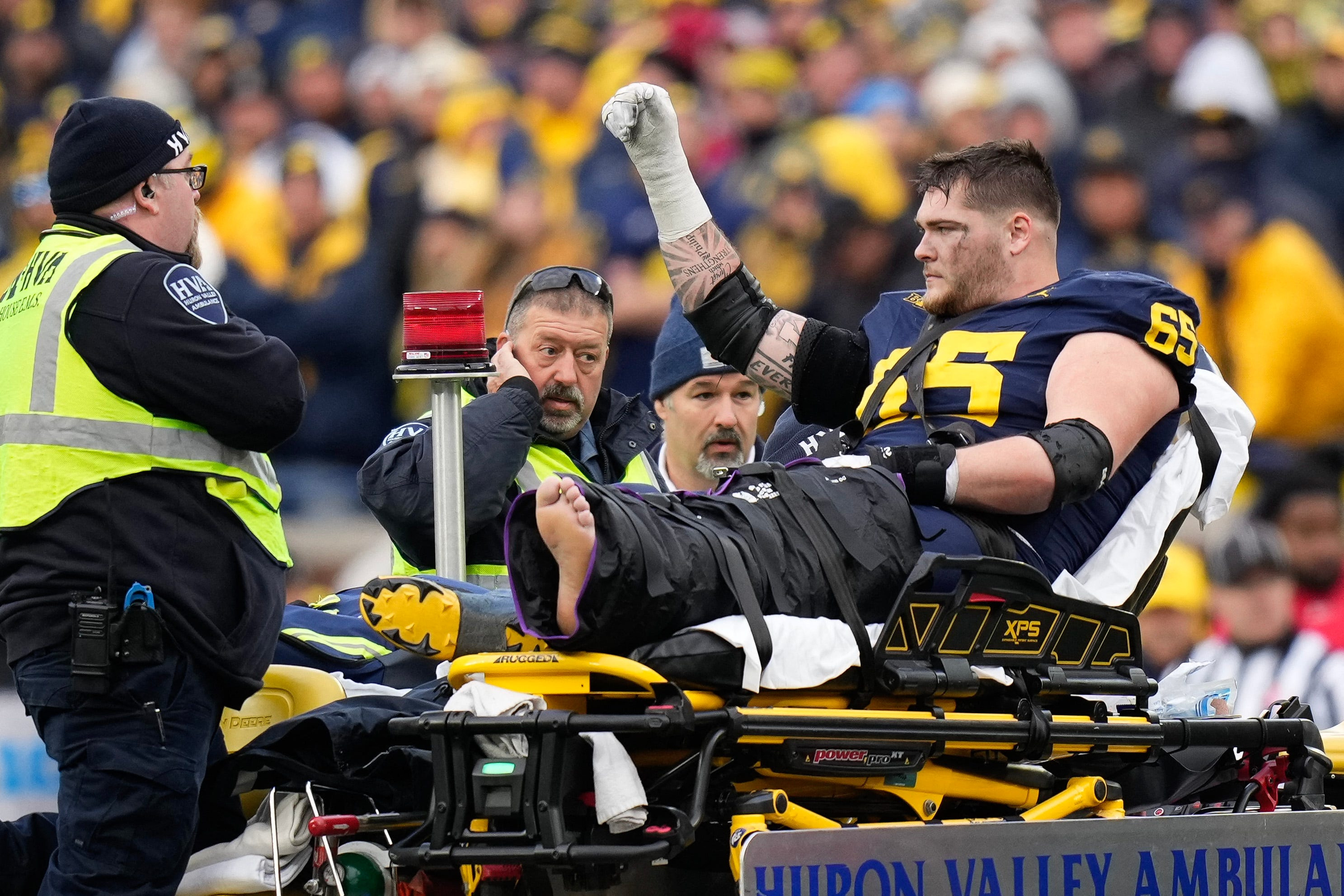ACTing against the fear of re-injury

INTRODUCTION
An athletes’ vulnerability to re-injury concerns rehabilitation professionals. Kinesiophobia and fear of re-injury are common psychological factors that influence return to sport (RTS) outcomes(1,2,3). Kinesiophobia is the irrational fear of movement, resulting in a vulnerability to re-injury and lower confidence and physical strength(4). Furthermore, due to the complex interaction between physical and psychological variables, kinesiophobia is crucial when working with injured athletes. Therefore, identifying ways clinicians and athletes could reframe this fear and act against it from a psychological standpoint may improve physical functioning and facilitate successful RTS outcomes.IDENTIFYING AND REFRAMING FEAR
Clinicians should identify fear of re-injury when managing injured athletes through rehabilitation. Athletes’ anxiety levels are likely to ebb and flow as they experience setbacks and achieve milestones. The greatest fear is expected in the acute stages and may reduce as rehabilitation progresses. However, as athletes move towards RTS, they will likely experience increased fear of re-injury (see figure 1).Figure 1: Fear over time across stages of rehabilitation

When identifying fear, clinicians could utilize numerous psychometric tests -for example, the Athlete Fear Avoidance Questionnaire (AFAQ), Re-Injury Anxiety Inventory (RIAI), Injury-Psychological Readiness to Return to Sport Questionnaire (I-PRRS), and Anterior Cruciate Ligament Return to Sport After Injury Inventory (ACL-RSI). These questionnaires raise athlete and clinician awareness to prevent chronic pain, minimize anxiety levels, and identify and address any RTS psychosocial barriers(see table 1).
Table 1: Psychological readiness questionnaires(5,6,7,8).
| Athlete Fear Avoidance Questionnaire (AFAQ) | Injury-Psychological Readiness to Return to Sport Questionnaire (I-PRRS) | Re-Injury Anxiety Inventory (RIAI) | Anterior Cruciate Ligament Return to Sport After Injury Inventory (ACL-RSI) | |
|---|---|---|---|---|
| Method of assessment | Self-report - Athletes rate ten statements regarding their thoughts and feelings on their injury on a scale of 1-5 | Self-report -Athletes rate their confidence for exercise on a scale of 0-100 | Self-report -Athletes report re-injury and RTS anxiety in 28 different statements | Self-report - Athletes rate their confidence, re-injury fear, anxiety, and emotions on a scale of 0-100 |
| Use | Identifying fear avoidance behavior and preventing the development of chronic pain | Identifying confidence levels | Identifying levels of anxiety within rehabilitation and RTS | Identify thoughts and emotions associated with injury |
| Aim | To prevent chronic pain development and delayed RTS due to fear | To address and support areas of low confidence | To minimize anxiety levels and promote confidence | To address barriers to RTS following an ACL injury |
Fear-avoidance beliefs can adversely influence functional levels in activities of daily living and sports(9). The fear-avoidance model is frequently used to help explain how athletes cope with fear within an injury and rehabilitation context. The model describes how athletes may move towards confrontation - enabling recovery or moving away from confrontation - towards avoidance. In moving towards avoidance, athletes often experience pain catastrophizing which is a process of dwelling on the most extreme negative consequences. This leads to increased pain susceptibility, fear, avoidant behavior, and the inability to RTS. Furthermore, fear-avoidance increases athletes’ vulnerability to pain and re-injury, confirming their irrational beliefs and fears of movement. This cycle of rumination and magnification leads to athletes feeling helpless and hopeless when considering their RTS.
UNDERSTANDING FEAR-AVOIDANCE BELIEFS
Fear-avoidance beliefs can adversely influence functional levels in activities of daily living and sports(9). The fear-avoidance model is frequently used to help explain how athletes cope with fear within an injury and rehabilitation context. The model describes how athletes may move towards confrontation - enabling recovery or moving away from confrontation - towards avoidance. In moving towards avoidance, athletes often experience pain catastrophizing which is a process of dwelling on the most extreme negative consequences. This leads to increased pain susceptibility, fear, avoidant behavior, and the inability to RTS. Furthermore, fear-avoidance increases athletes’ vulnerability to pain and re-injury, confirming their irrational beliefs and fears of movement. This cycle of rumination and magnification leads to athletes feeling helpless and hopeless when considering their RTS.ACTING AGAINST FEAR OF RE-INJURY
Acceptance and commitment therapy (ACT) may assist in the management of fear-avoidance beliefs and ultimately help athletes to RTS with less fear(9). Acceptance and commitment therapy is a behavioral approach that utilizes acceptance and mindfulness techniques. The ACT therapy aims to improve awareness of symptoms (injury), accept suffering (associated pain experience), and ensure committed action (maintaining rehabilitation goals despite setbacks) towards what is essential in an athletes’ life (values)(10).Six core therapeutic processes are the base ACT therapy: contacting the present moment, defusion, acceptance, self-as-context, values, and committed action(11,12,13). These therapeutic processes are not independent and should be considered interactive aspects that guide and reframe athletes’ fears associated with RTS(14). Therefore, clinicians and athletes should utilize these aspects to act against fear during rehabilitation.
- Accepting fear of re-injury
The pain experienced after an injury may influence thoughts, feelings, and fear-avoidance beliefs, leading to pain catastrophizing and the cycle of rumination and magnification, increasing pain and heightening fear of re-injury. Accepting the pain experience means that athletes become open to thoughts and emotions they may experience throughout rehabilitation. A willingness to share re-injury anxiety during rehabilitation is a fundamental step to overcoming fear-avoidance. Clinicians should create a safe environment where the athletes confront their fears and acknowledge the fear-avoidance actions that may influence behavior during rehabilitation (e.g., graded cutting movements or lateral hops following lateral ligament injury).
- Discovering values
Values determine the direction an athlete wants to move in their life. They are deeper rooted than goals, not time-bound, and illustrate an individual’s character. The identification of individual values aids in developing a meaningful rehabilitation plan. Clinicians should identify an athlete’s values at the onset of the rehabilitation process. These values act as an internal compass to guide athletes through the highs and lows of rehabilitation and accept discomfort and fear.
Figure 2: Choice point exercise as a tool to work through fear avoidance(15).

- Enabling rehabilitation and RTS commitment
The development of positive, value-driven actions through rehabilitation is a choice (see figure 2). However, if ‘hooks’ and fear govern an athlete’s recovery, they will likely experience negative emotions and feelings throughout rehabilitation. Therefore, athletes must maintain a commitment to ‘helpers’ to ensure these values influence their behavior and ultimately enable a greater commitment to rehabilitation and RTS despite the negative experiences of fear.
CONCLUSION
Athletes may experience fear of re-injury at various stages throughout rehabilitation and RTS. Through identifying, reframing, and acknowledging this fear, clinicians could support athletes in understanding how this may influence their avoidant behaviors. Athletes could act against the fear of re-injury by accepting this fear and discovering values as a compass. Therefore, enabling a commitment to rehabilitation and RTS despite the presence of fear.REFERENCES
- Physical Therapy. 2021.
- Orthop J Sports Med. 2016; 4:1-23.
- Br J Sports Med. 2014; 48:1543-1552.
- Pain Manag. 1990; 35–43
- J Athlet Training. 2014; 49(3)
- J AthletTraining. 2009; 44(2): 185-189
- PhyTher In Sport. 2010
- Br J Sports Med. 2014; 48: 1613-1619
- J of ortho and traumatology. 2010; 11(4), 237-243.
- J of Sci Med Sport. 2014; 18(3), 250–254.
- Behavior Therapy. 2004; 35(4), 639–665.
- Springer Sci Bus Med. 2005.
- J of Clin Sport Psych. 2018; 12(1), 4-26.
- J of Clin Sport Psych. 2011; 5(3), 252–273.
- The Weight escape, Shambhala Publications. 2014
You need to be logged in to continue reading.
Please register for limited access or take a 30-day risk-free trial of Sports Injury Bulletin to experience the full benefits of a subscription. TAKE A RISK-FREE TRIAL
TAKE A RISK-FREE TRIAL
Newsletter Sign Up
Subscriber Testimonials
Dr. Alexandra Fandetti-Robin, Back & Body Chiropractic
Elspeth Cowell MSCh DpodM SRCh HCPC reg
William Hunter, Nuffield Health
Newsletter Sign Up
Coaches Testimonials
Dr. Alexandra Fandetti-Robin, Back & Body Chiropractic
Elspeth Cowell MSCh DpodM SRCh HCPC reg
William Hunter, Nuffield Health
Be at the leading edge of sports injury management
Our international team of qualified experts (see above) spend hours poring over scores of technical journals and medical papers that even the most interested professionals don't have time to read.
For 17 years, we've helped hard-working physiotherapists and sports professionals like you, overwhelmed by the vast amount of new research, bring science to their treatment. Sports Injury Bulletin is the ideal resource for practitioners too busy to cull through all the monthly journals to find meaningful and applicable studies.
*includes 3 coaching manuals
Get Inspired
All the latest techniques and approaches
Sports Injury Bulletin brings together a worldwide panel of experts – including physiotherapists, doctors, researchers and sports scientists. Together we deliver everything you need to help your clients avoid – or recover as quickly as possible from – injuries.
We strip away the scientific jargon and deliver you easy-to-follow training exercises, nutrition tips, psychological strategies and recovery programmes and exercises in plain English.


